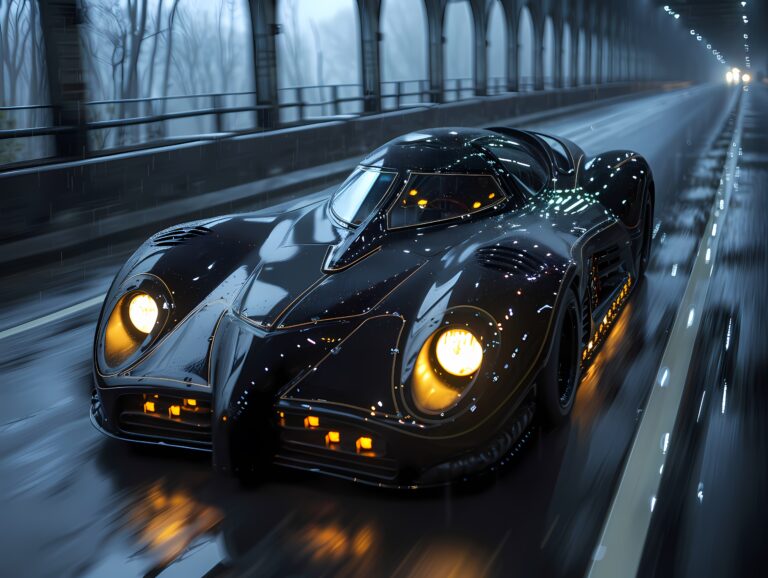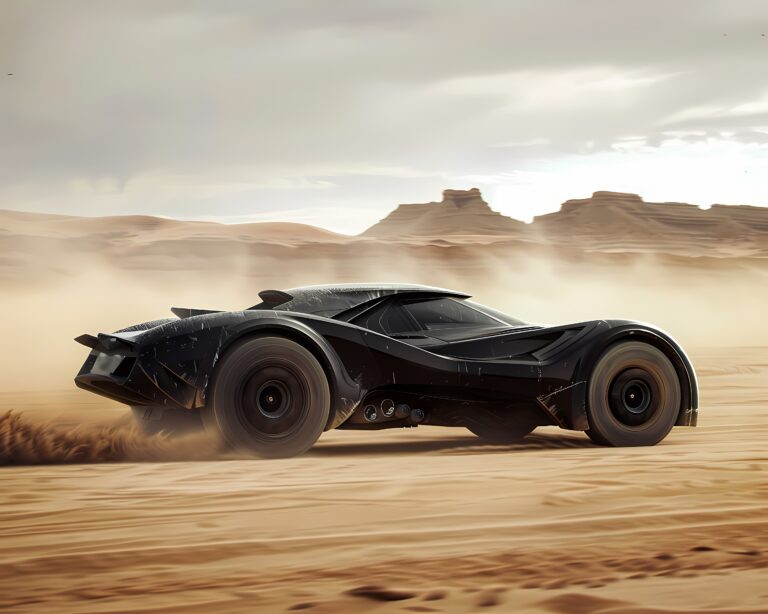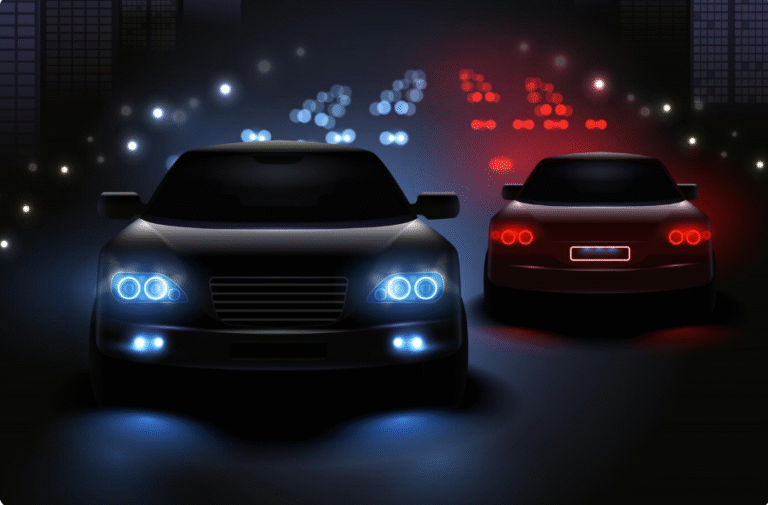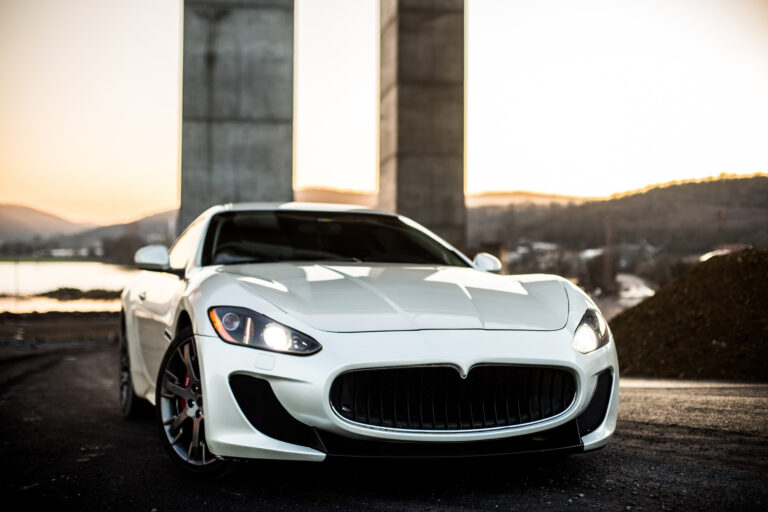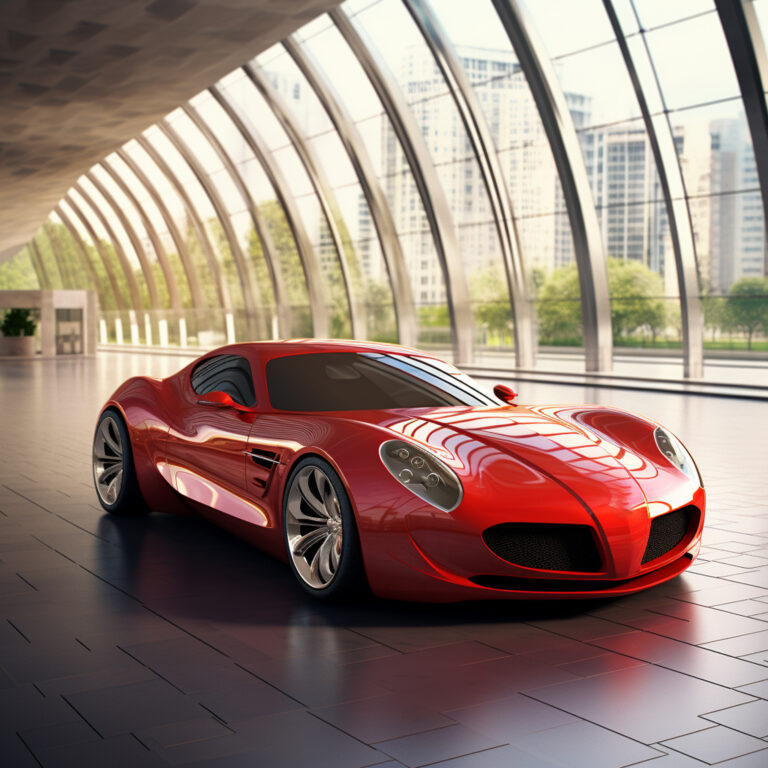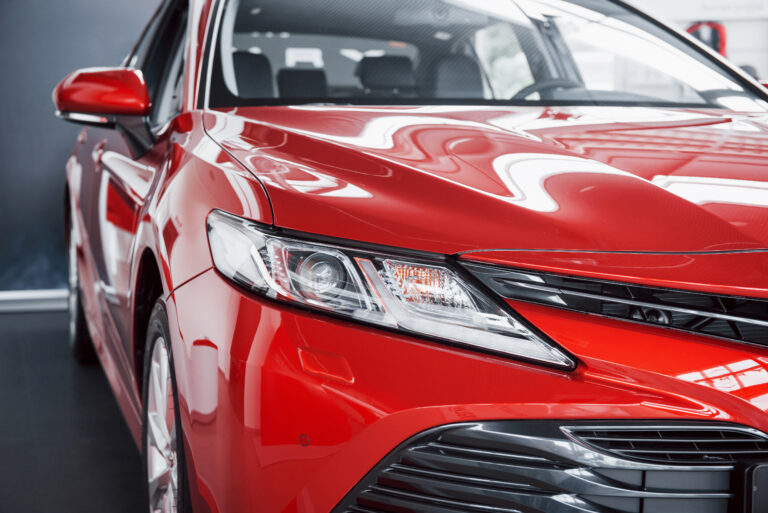
Explore the history, models, and legacy of the Lamborghini Diablo. Learn about its specs, variants, and racing heritage in this comprehensive guide.
Lamborghini Diablo is not just a car, but it is the symbol of performance, design, and engineering. Diablo was launched in 1990, and it immediately gained the title of luxury and power, and both lovers and collectors would take an interest in it. The Diablo, either in its wild shape or its roaring V12 engine, brought Lamborghini to the new era of supercars. This paper shall not only look into its history but also its specs, its variations, and the legacy that it has created in the realm of high-performance cars.
Lamborghini Diablo: A Legacy of Power and Performance
History of the Lamborghini Diablo
The launch of the Diablo brand of Lamborghini was in 1990 at the Geneva Motor Show, directly replacing the legendary Countach. Its styling was a combination of the Lamborghini styling tradition mixed with state-of-the-art technology. The Diablo was the point of Lamborghini turning to more civilized but crazier supercars.
Key Milestones in Diablo’s History:
- The first Lamborghini Diablo was equipped with a 5.7L V12 engine.
- It was capable of reaching a top speed of 202 mph, making it one of the fastest production cars of its time.
- The Diablo SV, Diablo GT, and Diablo GTR models further pushed the boundaries of performance and exclusivity.
The Early Years (1990–1998)
During these initial years, Lamborghini established the name of the Diablo and came up with various versions, which marked the beginning of the success of the Diablo.
Diablo – The Original Beast
Lamborghini Diablo, when it was unveiled in 1990, was a sharp contrast to the Lamborghini Countach. The Diablo also had more pointed lines, a sleekness to the body, as well as a V12 with a power capacity of approximately 485 horsepower. This earlier model gained fame through its speed, and it reached 60 mph within 4.5 seconds, which was blistering in those days. It was made to be an ideal product of both beauty and strength, in that it signifies the intentions of Lamborghini to drive the boundaries of performance.
Diablo Roadster Concept
In 1992, Lamborghini introduced the Diablo Roadster. Though taking until later to actually go into production, the concept showed what Lamborghini would soon become when it came to open-air supercar production. The Roadster was a car aimed at the enthusiast who wanted to do the same things as with a Lamborghini, to travel with the wind in their hair, and it presaged subsequent Lamborghinis, such as the Lamborghini Gallardo Spyder.
Diablo VT – The All-Wheel-Drive Revolution
In 1993, the new Diablo VT (Viscous Traction) was introduced not only with the revolutionary feature of an all-wheel drive system but also with a new design. This new technology made the handling and high-speed performance of the car a lot better, and the Diablo a more stable car to drive around. The VT model had an improved chassis design that offered improved cornering and stability over slick roads.
Diablo SE30 and SE30 Jota
Lamborghini Diablo SE30 was launched in 1995 to mark the 30th anniversary of Lamborghini. The SE30 was the lighter, stronger variant of the Diablo, and it had a 510-horsepower engine. SE30 Jota The SE30 Jota was a motorsports version of the SE30, developed to participate in racing programs. It was launched with a stripped-down interior and an even more powerful engine, and it showed Lamborghini’s dedication towards high-performance versions.
Diablo SV – A New Level of Performance
In 1995, the standard Diablo was replaced by the Diablo SV (Sport Veloce) and incorporated some improvements. The engine was tuned up to give 510 horsepower, which was somewhat noticeable as the car had more acceleration and speed soaring to approximately 205 mph. Also, more aggressive, wider tires, and the redesigned suspension configuration made the SV one of the most devoted track versions of the Diablo.
Diablo VT Roadster
Lamborghini presented the Diablo VT Roadster in 1997. This was the open-top model of the Diablo V T, which united the all-wheel drive performance of the VT and the experience of open-top driving. The Diablo VT Roadster has gained such popularity because it was a great combination of luxury, power, and exclusiveness.
Diablo SV Roadster
Lamborghini too came up with the Diablo SV Roadster in 1997. It had a lot of DNA of performance in common with the coupe but had the open-air experience on the road, which made the car even more desirable. The SV Roadster had a good mix of driving fun and the sense of exclusivity, and this model is considered as one of the highlights among the variations of the Diablo line.
Facelift Years (1999–2001)
The late 90s and early 2000s were marked by a number of significant modifications of the Lamborghini Diablo. These are the years when the more developed technology, better design, and even stronger engines were put in place.
Diablo SV (1999)
The Diablo SV was released again in 1999, but with some major changes. It had a newer and fiercer design with sharper lines and a more aerodynamic body. The engine had a V12 based on 5.7L, which was tuned to an impressive 530 horsepower, which was enough to drive the car to a high speed of over 200 mph.
Diablo VT, VT Roadster (1999)
Diablo VT and VT Roadster were an extension to the previous Diablo models and carried on with the success of their predecessors with aesthetic and performance enhancements. The 1999 models had a new, finer suspension and handling that made the ride not as jerky as before, while still retaining the out-of-this-world performance that was characteristic of a Lamborghini.
Diablo GT – The Track-Focused Beast
In 1999 came the Diablo GT that was a major performance improvement. It had a 6.0L V12 engine with an output of 575 horsepower which made it among the most powerful Diablo versions. The GT was lighter than its predecessors; therefore, it was a perfect option and an ideal one for the track fans. At the maximum speed of 215 mph, the Diablo GT was a track-oriented supercar.
Diablo VT 6.0 and VT 6.0 SE
The latest of the VT range was the Diablo VT 6.0 with a bigger 6.0L V12 engine drawing 550 horsepower. VT 6.0 SE (Special Edition) was also stylish in an exclusive manner, with custom paint jobs and other inner features, and was one of the most sought-after Diabolos and collected items.
Specifications of the Facelift Models
The facelifted models of 1999-2001 Diablo demonstrated the determination of Lamborghini to improve its supercar. The models would have superior aerodynamics, comfortable interiors, and an innovative technology breakthrough, including brakes, suspension systems, and driver assistance.
Factory Racing Specials
Lamborghini was also famous in terms of engineering capabilities that went beyond road cars. Lamborghini Diablo was also engaged in motorsport, where special racing versions were produced to cope with various competitions.
Diablo Jota GT1 LM
To compete in the FIA GT, its Diablo-based being also one of the most dedicated racing variants of the Diablo-based, Diablo Jota GT1 LM was conceived. It had a lighter body and a bare interior, and more powerful engine, and better aerodynamics to make it capable of competition at the race track.
Diablo Jota JGTC
The Diablo Jota JGTC was a variant that had been made with the Japanese Grand Touring Championship (JGTC) in mind. This Diablo was even more aggressive with aerodynamics and chassis to enhance the stability at higher speeds.
Diablo GT1 Stradale
The GT1 Stradale was a road version of the GT1, and it consisted of parts of the racing technology of Lamborghini. It had an optimized V12 power and lightweight construction, just to become a dream and a real performer for collectors.
Diablo SV-R
Another racing version of the Diablo model was Diablo SV-R, competing in the GT racing series. It had a bare interior, race-spec suspension, and a tuned engine and was designed to race on high-speed circuits.
Diablo GTR
The ultimate version of Diablo was the Diablo GTR with its racing engine style and light material body, as well as an aero package. It was a purpose-built version of the car, both as a track racer and on the road, and it offers the kind of visceral driving feeling that you hope to feel.
Lamborghini Diablo Concept Cars
Lamborghini was always an innovative brand, and Diablo is the model that inspired several concept cars displaying new technology and avenues of design.
Lamborghini Acosta (1996)
The Lamborghini Acosta concept car was a modern aerodynamic concept with a stylish new design. The Acosta never saw production but it inspired other Lamborghini cars in the future.
Zagato Raptor (1996)
The Zagato Raptor concept is a joint project of Lamborghini and the legendary design studio Zagato that provided a wild interpretation of the Diablo with sharper lines and a more eye-catching look.
Lamborghini Canto (1997)
Another concept not to get into production meant the Lamborghini Canto. It was an eye-catchingly styled car that would presage Lamborghini developments in the supercar world, such as the Murcielago and the Gallardo.
Lamborghini Diablo Production and Legacy
Production of the Lamborghini Diablo lasted more than ten years, which is why the car is among the longest-lasting Lamborghini models. The impact of the legacy of this pioneer model permeates the contemporary Lamborghini models.
Key Points on Production:
- Over 2,900 Diablos were produced between 1990 and 2001.
- The Diablo’s unique styling and powerful engine made it one of the most recognized cars in automotive history.
- The Diablo set the stage for later models such as the Murcielago and Aventador.
Lamborghini Diablo Price and Market
The Lamborghini Diablo has become a collector’s car, and prices can vary depending on the model, year, and condition.
Price Range:
A Lamborghini Diablo can be found for around $100,000 to $300,000, depending on the variant and rarity. The rarest versions, like the Diablo GT or Diablo GTR, can command prices upwards of $500,000 or more.
Conclusion
Lamborghini Diablo is still among the most iconic and influential supercars in history. Its functionality, aesthetics, and exclusivity remain to echo over the fans all around the globe. As it turns out to be with the Lamborghini Diablo, if you are striving to purchase a Diablo for sale, or you just admire its history, a Diablo is really a masterpiece that will stay in the history of such vehicles forever.Lamborghini Diablo is still among the most iconic and influential supercars in history. Its functionality, aesthetics, and exclusivity continue to resonate with fans all around the globe. If you’re interested in high-performance vehicles like the Lamborghini Countach or the Lamborghini Temerario, both vehicles represent Lamborghini’s legacy of pushing boundaries in automotive design. As it turns out with the Lamborghini Diablo, if you’re striving to purchase a Diablo for sale, or simply admire its place in history, the Diablo remains a true masterpiece that will stay in the history of supercars forever.
FAQs
Q1: What does “Diablo” mean?
“Diablo” means “Devil” in Spanish, reflecting the car’s aggressive styling and performance.
Q2: What is the price of a Lamborghini Diablo today?
The price can range from $100,000 to over $500,000, depending on the model and condition.
Q3: What is the fastest Lamborghini Diablo?
The Diablo GTR is the fastest, with a top speed of over 210 mph.
Q4: How many Lamborghini Diablos were produced?
A total of 2,900 Diablos were produced between 1990 and 2001.
